Have you ever wondered what makes the animal kingdom so incredibly fascinating? It’s not just the exotic species from faraway lands that have quirky habits. Right here in America, we have a variety of animals whose behaviors might just leave you scratching your head—or laughing out loud. From birds that decorate their homes to squirrels with questionable memory skills, let’s dive into the weird and wonderful world of American wildlife.
1. Squirrel Memory Lapses
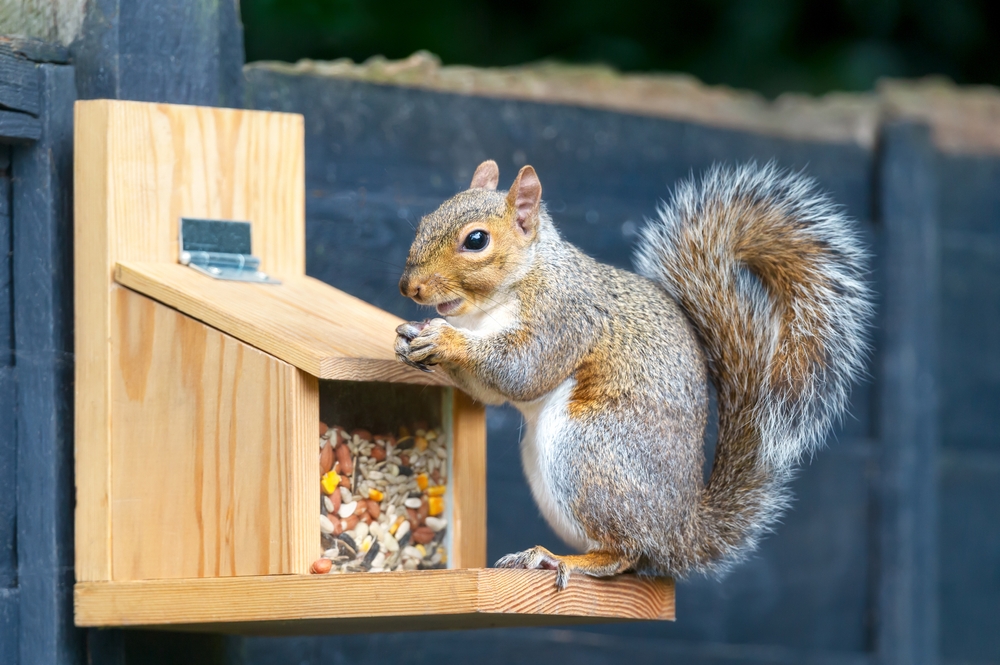
If you’ve ever watched a squirrel frantically burying acorns, you might assume they have a plan. But here’s the kicker: squirrels forget where they stash about 74% of their nuts! All that hard work digging holes and hiding treasures turns out to be a boon for the environment, as these forgotten caches often sprout into new trees. It’s like nature’s way of getting free labor for reforestation. Imagine running around your yard, planting trees without even realizing it!
On the flip side, this forgetfulness might be nature’s way of keeping them busy. After all, a squirrel without nuts to find is a squirrel looking for trouble. Their scatter-hoarding behavior is more like a game of hide and seek that they never quite finish. So, next time you see a squirrel darting around with an acorn, remember: it’s more about the chase than the catch.
2. Opossum Playing Dead

You’ve probably heard the phrase “playing possum,” and these critters take it to Oscar-worthy levels. When threatened, opossums go into an involuntary coma-like state that can last minutes or hours. They emit a foul odor to mimic the smell of a decaying corpse, convincing predators to move along. It’s a defense mechanism that feels like playing dead but is more like fainting from stress.
While it seems like a cunning trick, it’s not something opossums control. They’re not consciously deciding to flop over; it’s more like hitting a panic button that shuts everything down. This behavior is so convincing that it fools not just predators but sometimes even humans who stumble upon them. So remember, if you see an opossum “dead” on the road, it might just be waiting for you to leave so it can scurry on its way.
3. Bowerbird Decorating Skills
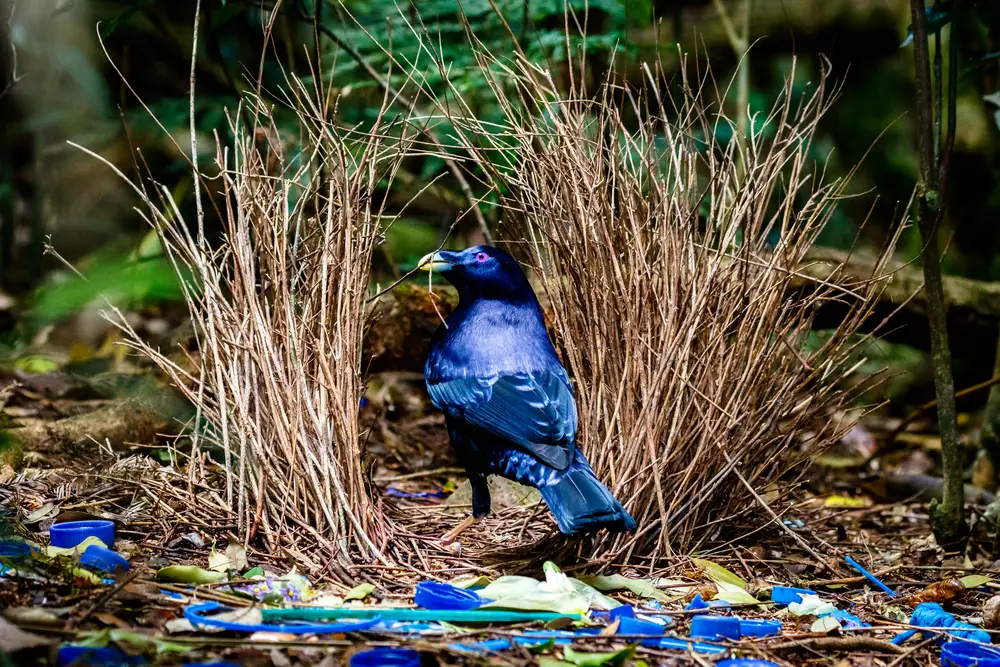
Move over, Martha Stewart—bowerbirds are the real interior decorators of the animal kingdom. These birds construct elaborate “bowers” or structures out of twigs and then decorate them with colorful objects to attract a mate. Shells, berries, bits of plastic—you name it, they’ll use it. It’s like a bird version of Extreme Makeover: Home Edition, and the stakes are high.
What’s truly fascinating is their attention to color coordination and symmetry. Some bowerbirds even go so far as to paint their bowers with crushed berries! It’s not just about throwing together a pile of stuff; it’s an art form that shows off their creativity and skills. You can’t help but admire their commitment to aesthetics, even if it’s only to win over a mate.
4. Armadillo Jump Scare
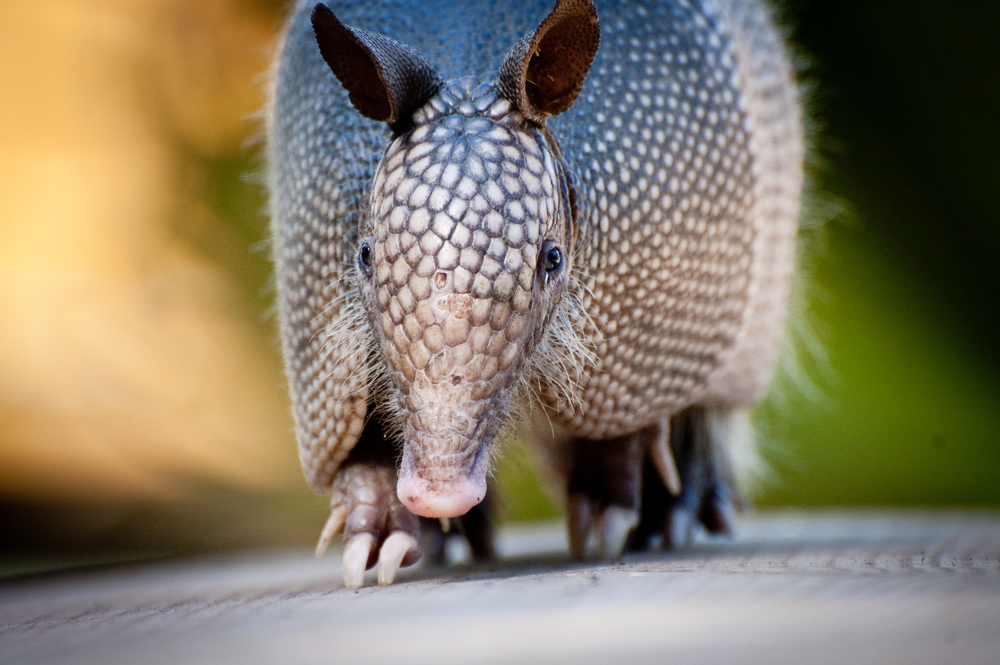
Armadillos might seem like slow-moving tanks, but they have a surprising trick up their armored sleeves. When startled, they jump straight up into the air! This sudden leap can reach up to four feet and is likely a defense mechanism to confuse predators. It’s like watching a little armored pogo stick in action.
This behavior, while hilarious, can also be problematic. Armadillos often fall victim to car collisions because their jump reaction puts them right in the path of oncoming vehicles. It’s a classic case of great defense, poor execution. So, if you’re driving in armadillo territory, be prepared for a potentially airborne encounter.
5. Prairie Dog Communication
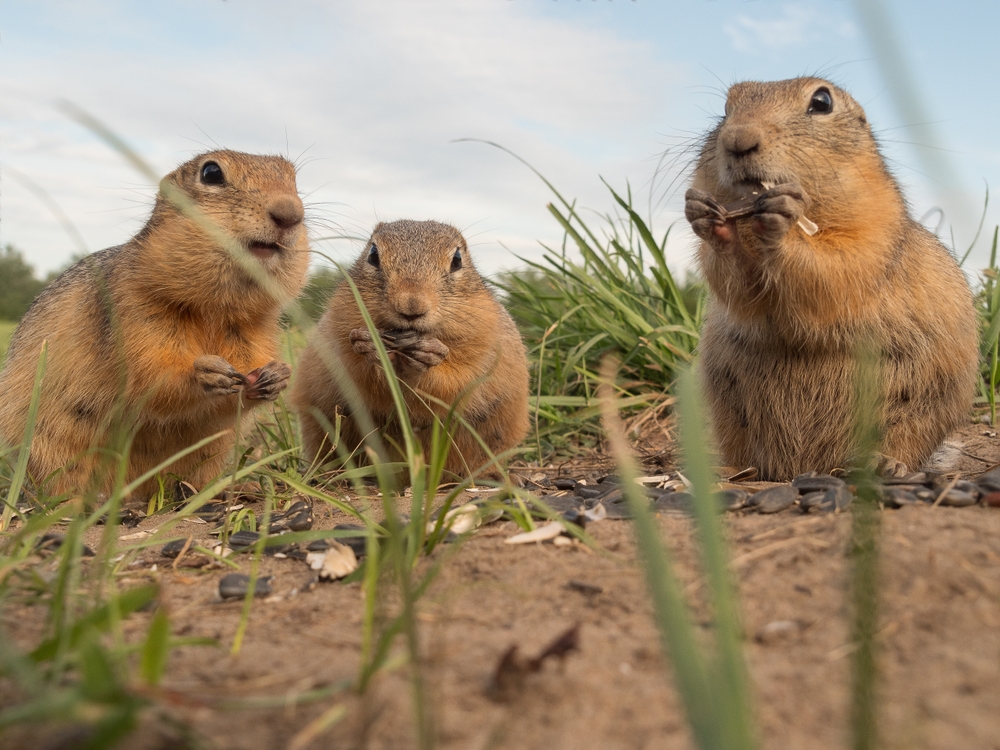
Prairie dogs aren’t just cute critters poking their heads out of holes—they’re the gossips of the animal world. These sociable creatures have a highly sophisticated communication system with a variety of barks, yips, and chirps. They can describe specific predators, their size, shape, and even the color of clothing that humans wear!
Their complex language suggests that they possess an advanced level of social intelligence. Each prairie dog colony is like a tightly-knit community with its unique “dialect.” This constant chatter isn’t just small talk—it’s essential for survival, helping them warn each other about dangers in their environment. Next time you see a prairie dog, remember there’s likely a secret language buzzing beneath their busy little noses.
6. Kakapo’s Night Owl Routine
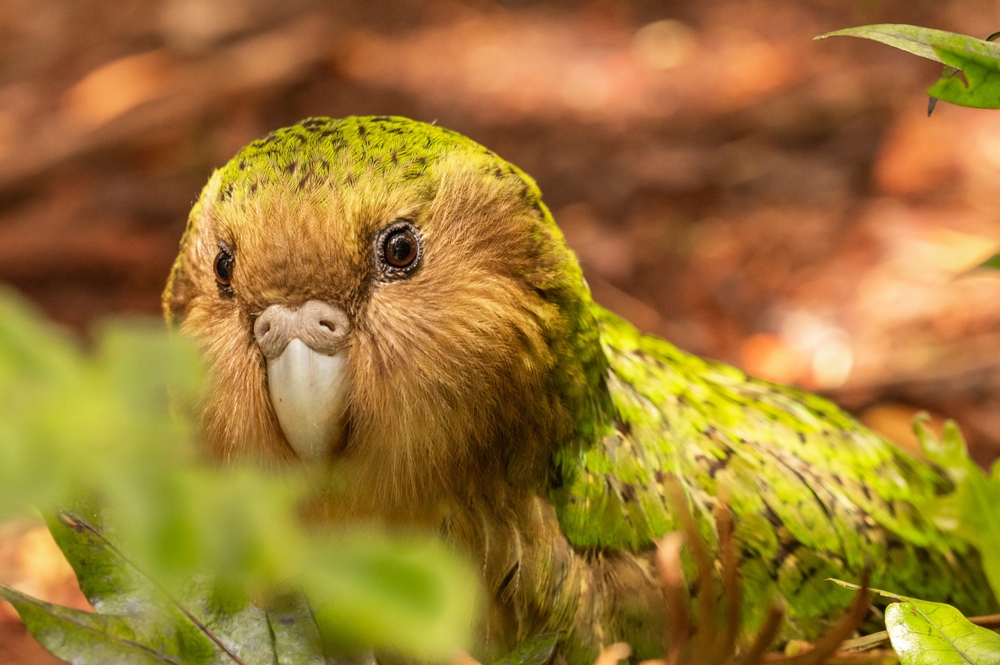
While the Kakapo is native to New Zealand, the concept of nocturnal, large parrots has American parallels in the form of night owls like the Great Horned Owl. These birds come alive when the sun goes down, with adaptations that make nighttime their prime time. Their large eyes and exceptional hearing make them fearsome hunters under the cover of darkness.
Owning the night, these raptors swoop silently through the trees, striking terror into the hearts of rodents everywhere. Their thick, soft feathers allow them to fly without making a sound—a trait many a human night owl might envy. If you ever find yourself unable to sleep and wandering outside, listen closely; you might just hear the soft calls of these masters of the night.
7. Beaver Engineering
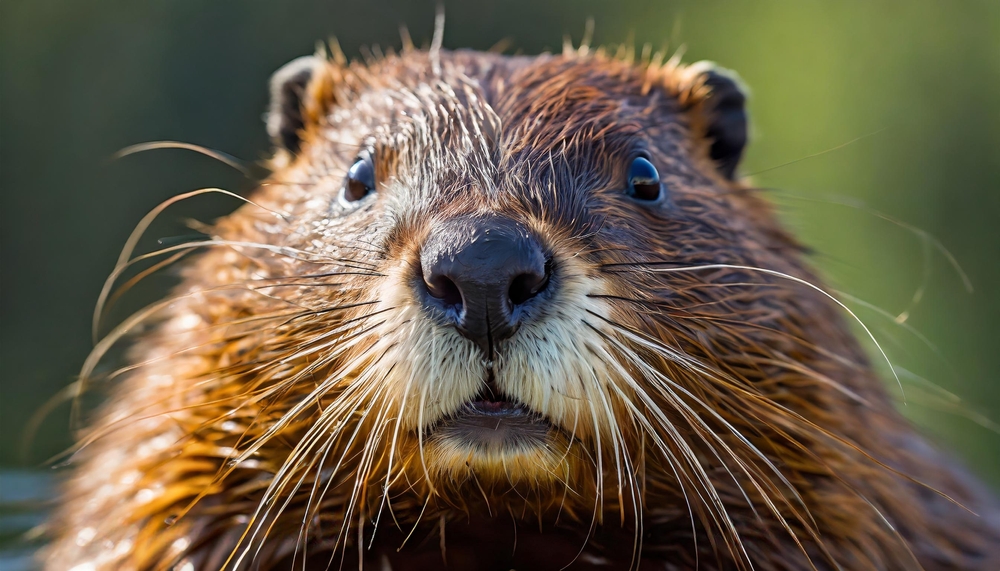
Think humans are the only species capable of reshaping their environment? Meet the beaver, nature’s original engineer. These industrious creatures build dams and lodges with impressive precision, turning streams into ponds. Their construction projects create new ecosystems that benefit a wide variety of species.
Beavers have an innate drive to build and repair their structures, and they use their strong teeth and powerful jaws to fell trees and gather materials. Not only are their homes marvels of engineering, but their construction activities also help with flood management and water purification. In reshaping landscapes, beavers prove that good architecture is as much about function as it is about form.
8. Manakin Dance-Offs
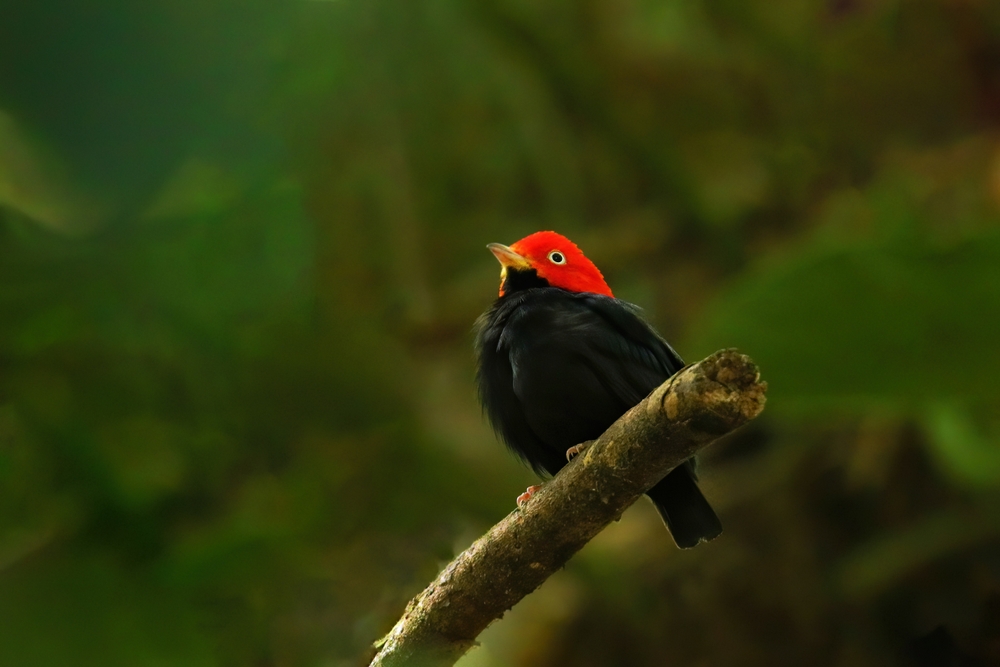
If you’ve ever thought about entering a dance contest, the manakin bird would make a fierce competitor. These birds put on elaborate dance performances to woo potential mates, complete with flips, shimmies, and complex footwork. It’s like watching a tiny feathered dancer at a ballroom competition.
Each species of manakin has its own unique routine, and they often rehearse tirelessly to perfect their moves. The more skilled a male is at dancing, the more likely he is to impress a female. If only finding love in the human world were as straightforward as mastering a dance routine! These show-offs might have a lot to teach us about the importance of presentation.
9. Dolphin Name-Calling
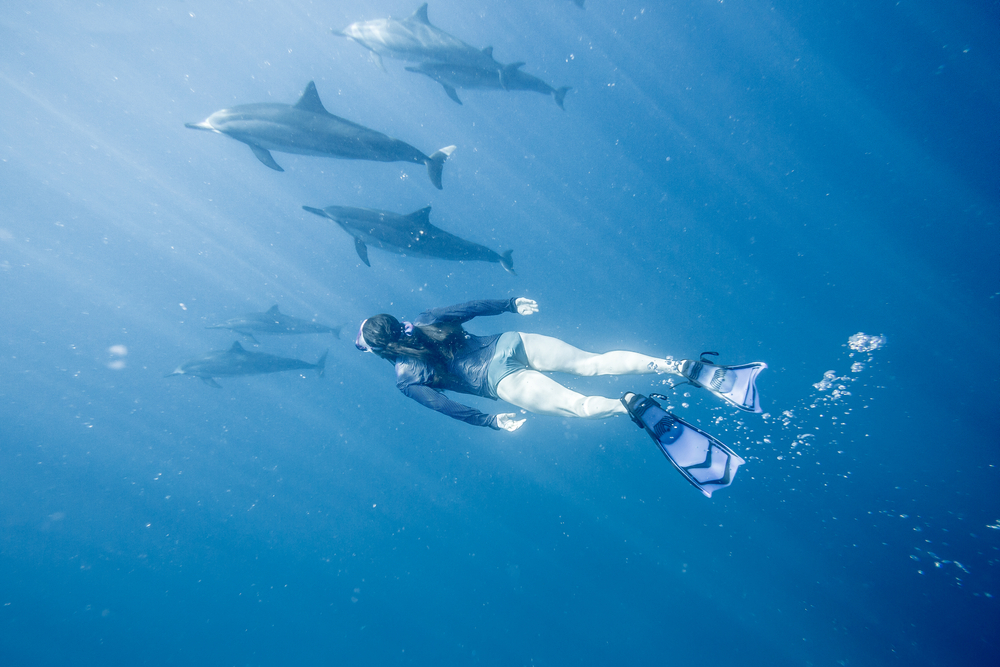
Dolphins are known for their intelligence, and their social behaviors are nothing short of astonishing. Each dolphin has a unique whistle that acts as a name, allowing them to call out to each other individually. This whistle is their personal signature and helps maintain complex social structures.
In many ways, dolphins’ communication mirrors our own use of language and names. They can use these whistles to convey information, coordinate activities, and maintain social bonds within their pods. It’s a reminder that we’re not the only species with the ability to identify each other and communicate complex ideas. So next time you’re near the ocean, give a thought to the intricate conversations happening just below the waves.
10. Skunk Perfume Defense
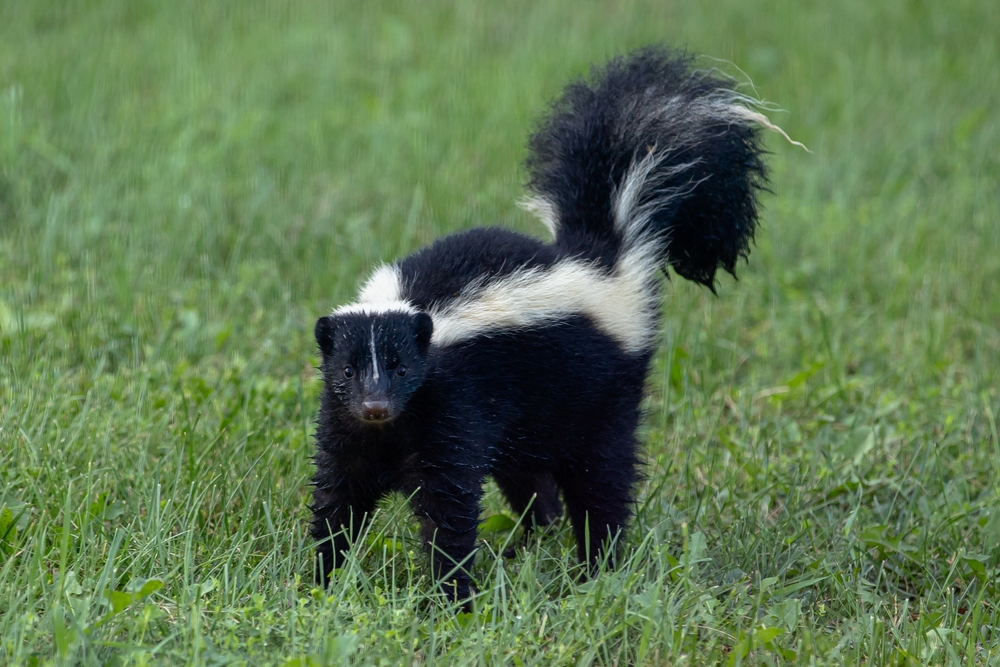
Nothing says “keep away” quite like a skunk’s notorious spray. This powerful defense mechanism can be detected by humans from up to a mile away, and it’s the skunk’s primary method of deterring predators. Although it takes time to replenish, skunks rarely run out of their stinky ammo, making them a force to be reckoned with.
Yet, the spray isn’t their first line of defense. Skunks often give plenty of warning before resorting to this potent weapon, stomping their feet and raising their tails to signal a threat. It’s a clear message to back off, and only when ignored do they unleash their infamous odor. Their strategy of warning before defending is a testament to their preference for peaceful resolutions over conflict.
11. Coyote’s Vocal Duets
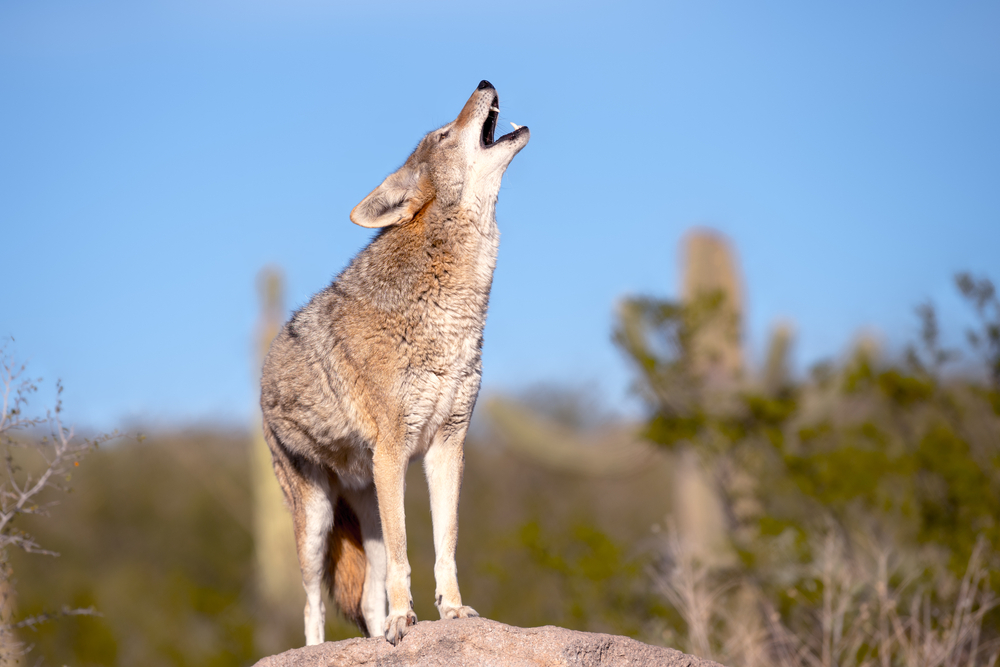
Coyotes are known for their eerie howls, and these vocalizations are more than just creepy nighttime sounds. They often engage in “duets,” where pairs or group members howl in harmony to communicate. This cacophony not only strengthens social bonds but also marks territory and keeps track of pack members.
The variety in their vocal repertoire is astonishing—barks, yips, howls, and more, each serving a purpose in the coyote’s social structure. Their ability to sound like more individuals than are actually present can also deter rivals and confuse potential threats. So next time you hear a coyote chorus, know that it’s not just a howl at the moon but a complex communication system in action.
12. Raven Intelligence Games
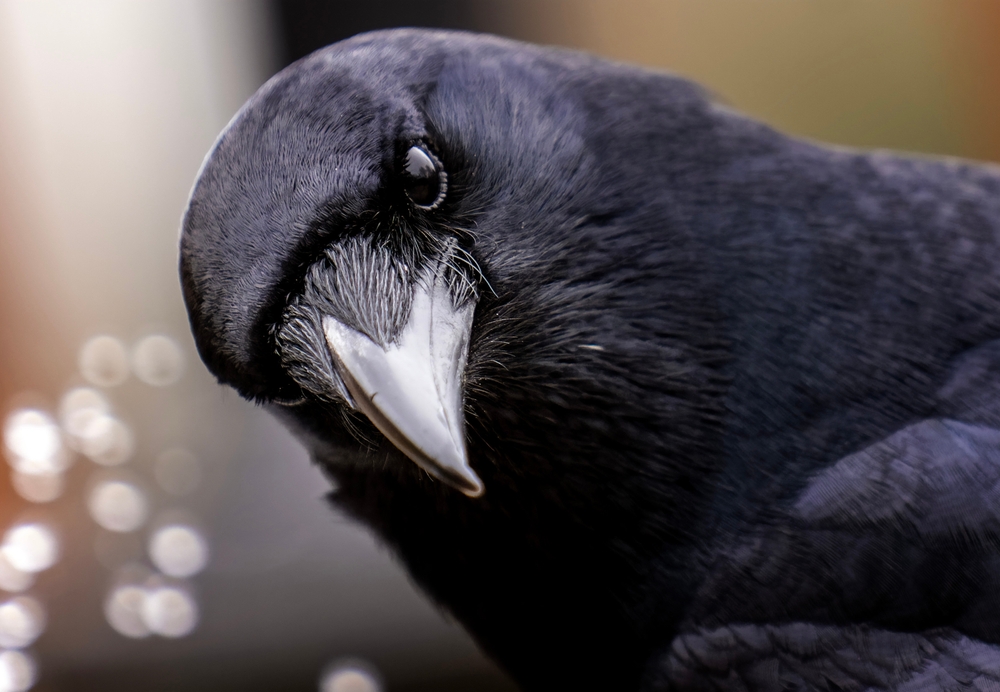
Ravens are among the most intelligent of birds, known for their problem-solving skills and playful nature. They have been observed using tools, playing games, and even engaging in what seems to be mischievous behavior. One of their more fascinating activities is sliding down snowy slopes for fun!
Ravens are not just playing around; they use their intelligence to navigate complex social structures and environments. They can mimic sounds, communicate with each other extensively, and even exhibit empathy. Their cleverness and adaptability have earned them a special place in the animal kingdom, proving that intelligence isn’t limited to humans.
13. Alligator Parenting Tactics
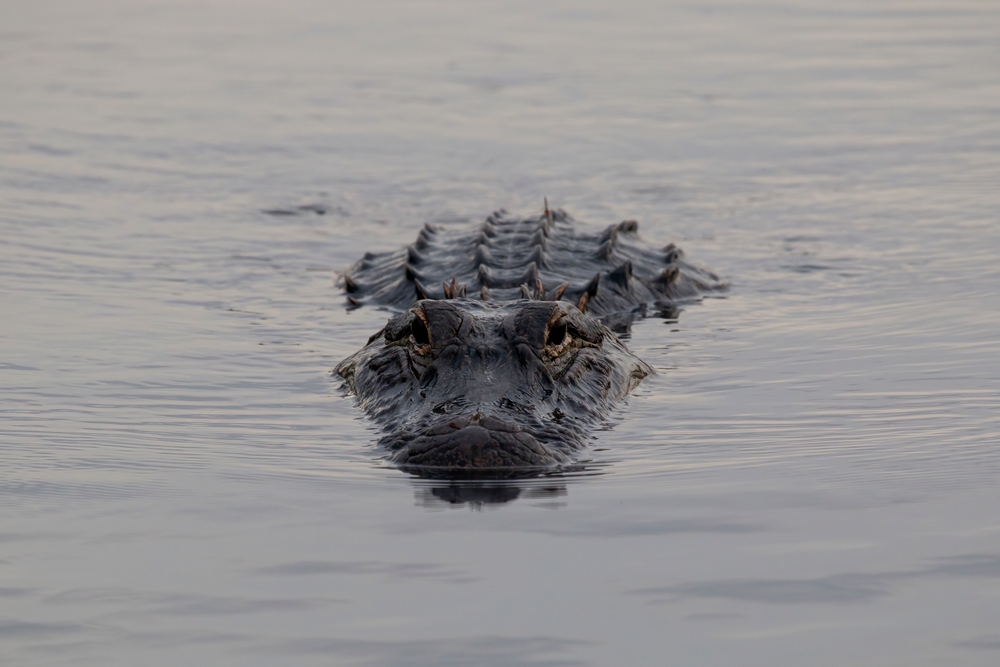
Alligators aren’t just fearsome predators; they’re attentive parents too. Mother alligators fiercely protect their nests and young, often carrying hatchlings in their mouths to water. This care extends long after the eggs have hatched, with mothers guarding their young for up to two years.
Their commitment to parenting might come as a surprise given their tough reputation. But these reptiles understand that survival isn’t just about brute strength; it’s also about nurturing the next generation. This protective behavior shows a softer side of alligators that isn’t often seen, reminding us that even the fiercest creatures have a nurturing side.
14. Turkey’s Clever Camouflage
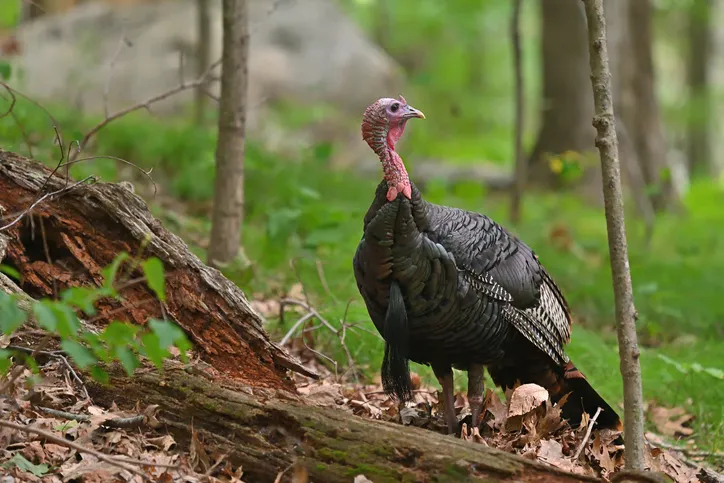
You might think of turkeys as the centerpieces of holiday dinners, but in the wild, they’re masters of disguise. Wild turkeys use their plumage to blend into their surroundings, avoiding predators with surprising skill. They also have keen eyesight to detect threats long before they get too close.
Their ability to disappear into their environment isn’t just about color; it’s also about behavior. Turkeys remain still and silent when they sense danger, using their natural camouflage to stay hidden. This survival strategy is a testament to their adaptability and resourcefulness in the wild.
15. Woodpecker’s Head-Banging Habit
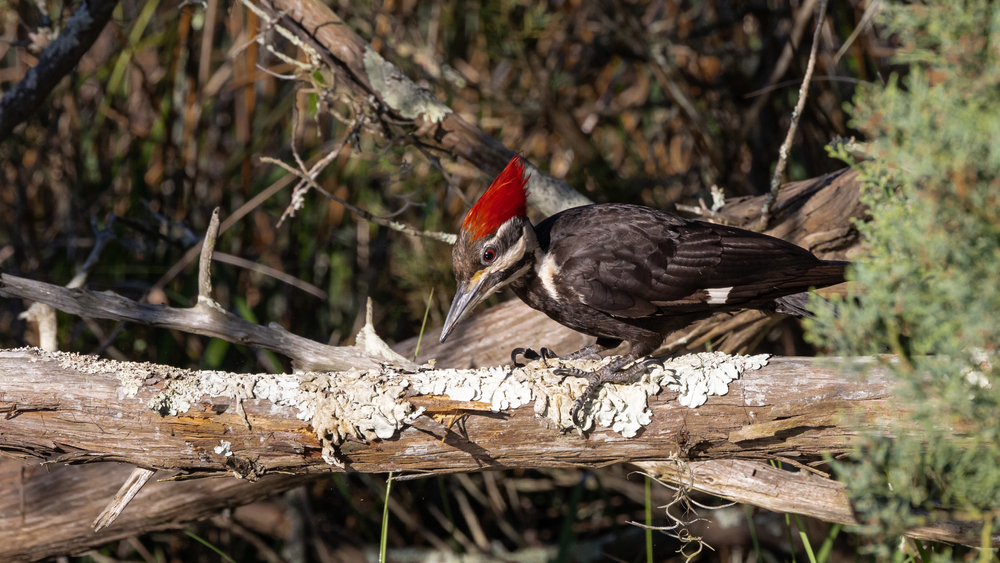
If you’ve ever heard the rapid drumming of a woodpecker, you might wonder how they don’t get a headache. These birds have special adaptations, including a spongy skull and a thick neck, that cushion their brains from the impact. They can peck up to 20 times per second without harm!
This head-banging behavior isn’t just for finding food; it’s also a way to communicate and establish territory. Woodpeckers use their drumming to send signals to other birds, marking their presence loudly and clearly. Their resilience and adaptability showcase their unique role in the ecosystem, proving that sometimes making noise is just as important as staying quiet.
